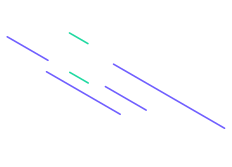






Name
Chamberlain University
BIOS-242 Fundamentals of Microbiology
Prof. Name
Date
| Scientist/Concept | Description | Examples/Findings |
|---|---|---|
| Carolus Linnaeus | Developed the system of taxonomy and binomial nomenclature, which classifies organisms and assigns them two-part scientific names. | – |
| Antonie van Leeuwenhoek | A self-made microbiologist who created a microscope with a magnification of around 300x and discovered microorganisms, which he called “animalcules.” | – |
| Alexander Fleming | Discovered the first antibiotic, penicillin, which has had a significant impact on medicine. | – |
| Joseph Lister | Introduced aseptic techniques to disinfect hands and air in surgical theaters, greatly reducing infections during surgeries. | – |
| Ignaz Semmelweis | Advocated for handwashing to protect against puerperal/childbed fever, significantly improving maternal health outcomes. | – |
| Robert Koch | A German bacteriologist who discovered Bacillus anthracis as the causative agent of anthrax and established Koch’s postulates for linking pathogens to diseases. | – Simple staining techniques, first photomicrograph of bacteria, use of Petri dishes, steam sterilization, and elucidation of distinct bacterial species. |
| Louis Pasteur | Conducted the S-shaped flask experiment, disproving spontaneous generation by demonstrating that microbes in the air were responsible for contamination. | – Curved-neck flask experiment showing that intact flasks remained sterile, while broken flasks became contaminated. |
| Carbohydrates | Provide energy for living organisms. | – Monosaccharides: Simple sugars (e.g., glucose, fructose). – Disaccharides: Two monosaccharides (e.g., maltose, lactose, sucrose). – Polysaccharides: Chains of monosaccharides (e.g., starch, cellulose, glycogen). |
| Lipids | Serve as structural components of cell membranes, energy storage, and signaling molecules. | – Triglycerides: Fats and oils, major energy storage. – Phospholipids: Membrane components with hydrophilic heads and hydrophobic tails. |
| Protein Structure | Levels of structural organization that determine protein function. | – Primary: Sequence of amino acids. – Secondary: Helices and pleated sheets formed by hydrogen bonds. – Tertiary: 3D structure from additional bonds. – Quaternary: Multiunit proteins (e.g., antibodies). |
| DNA | Composed of deoxyribose sugar and thymine, located in the nucleus, serving as genetic material. | – Double helix structure with complementary base pairing (A-T, C-G). |
| RNA | Composed of ribose sugar and uracil, responsible for carrying out the hereditary program from DNA. | – Single-stranded structure involved in protein synthesis. |
| Type of Nucleic Acid | Composition | Structure | Function |
|---|---|---|---|
| mRNA (messenger RNA) | Composed of ribonucleotides (nitrogen base, ribose sugar, phosphate). | Single-stranded molecule that carries genetic information from DNA. | Provides the order and type of amino acids in a protein during translation. |
| tRNA (transfer RNA) | Composed of ribonucleotides (nitrogen base, ribose sugar, phosphate). | Cloverleaf structure that carries amino acids to ribosomes. | Delivers the correct amino acids for protein assembly during translation. |
| rRNA (ribosomal RNA) | Composed of ribonucleotides (nitrogen base, ribose sugar, phosphate). | Major component of ribosomes, forming the core of ribosomal structure. | Facilitates the assembly of amino acids into proteins and ensures proper alignment of mRNA and tRNA during translation. |
| Regulatory RNA | Composed of ribonucleotides (nitrogen base, ribose sugar, phosphate). | Various structures, often single-stranded, involved in gene regulation. | Regulates genes and gene expression, influencing protein synthesis and cellular functions. |
| ATP (Adenosine Triphosphate) | Composed of adenine (nitrogen base), ribose (5-carbon sugar), and three phosphate groups. | Nucleotide structure with high-energy phosphate bonds. | Acts as the energy currency of the cell, providing energy for various cellular processes through the breakdown of food molecules. |